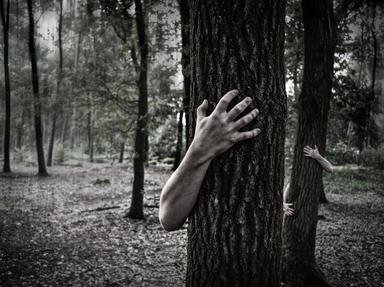
A Horrible Time at the Circus Trivia Quiz
Not only those who suffer from coulrophobia can be terrified at the circus, sideshow, carnival, or amusement park. Which of the following motion pictures set in such locations are horror films and which are not?
A collection quiz
by FatherSteve.
Estimated time: 3 mins.